|
Hello, everyone! We’re back with more updates on playtests and progress. Playtests As we move forward with the game, we are getting a lot more feedback from playtests. We now have a good sense of what works and what doesn’t and we will be slowing down the playtest frenzy for a little bit as we implement a few changes. The biggest of these changes is a serious redesign of the ship computer. Screenshot of the Ship Computer log for Ember Twin (formerly Cave Twin) As the player’s “journal” in the game, the computer serves to allow easy access to information gathered within Outer Wilds. Its organization has a huge impact on how players interpret said information, so for that reason, we decided we needed to take a more visual approach and add to it a kind of “detective board”. We will be working hard on this and the writing for a few of the locations in the game over the break and test them in January. Progress In an update a few months ago we shared this picture of the final art progress do give you all a visual look at how far we’ve come. But now we can happily say we’ve checked off two more areas! We’ve checked off Dark Bramble and the Quantum Moon! Both Dark Bramble and the Quantum Moon have been fully outfitted with final art. Brittle Hollow is next on our list and has already begun the transition to new and improved rocks. The comet is following close behind so stay tuned for more info in future updates! Next, we’d like to share with you all a little interview we did with our main Quantum environment creator and then take a brief look into how we’re going into Brittle Hollow’s final art transition. A Quantum Interview The Quantum Moon is just the latest to complete the final art stage among many other Quantum areas. From Quantum Grove to Quantum objects on Ember Twin, our 3D Artist, Eilish Lambrechtsen, has worked on many of these areas and is here to share some of her experiences. When you played the game when was the first time you encountered Quantum stuff? “I came in on the project when we were working on Hourglass Twins and there was this Quantum chunk, which was kind of like a big flat wedge that provides transport between multiple caves. It’s kind of like a train. So that was my introduction to quantum, this weird quantum train.” What are the challenges of working on the environments for Quantum areas? “Every quantum area presents its own unique constraints, but broadly speaking requires OCD tendencies to keep it all in order. I basically place yellow, green, or red “tennis balls” around the scene, which act as a socket for an object to get called to when the prop “goes quantum”. Being able to take the abstract placeholder of the tennis ball and imagine that as a prop is the primary difficulty of this task. The first time I put them in it usually looks obviously tiled, but then it goes through iterations and has variation.” A ripe field of tennis balls. Each one marks where a quantum rock could appear! Of all the different areas you’ve worked on that have quantum objects which was the hardest? “Probably the first one (The Quantum Grove) because it was was a debugging and organizational nightmare. I didn’t know what I was doing. I’ve since then become pivot master. So it’s fine.” Does the quantum effect still weird you out? “Just the concept of quantum states and the theory behind it weirds me out. It messes with my head.” Brittle Hollow Next on our schedule is to complete the final art pass on Brittle Hollow. Even though it isn’t as big as some of the other planets, it’s the biggest rocky planet and will be one of the hardest to complete. What makes it a bit of a difficult task, besides the sheer amount of rocks, is due to the fact that Brittle Hollow has an undercrust below its surface. And not only is there more surface to texture and populate with props, but there are also large pieces of crust that break off and fall to the center black hole! But despite the workload, we’re not worried. The art team has many planets under their belts now and we now have a methodology to get it done in a reasonable amount of time. We’ll Be Back Soon The Outer Wilds team will be taking a brief break for the holidays. We will be out of office for two weeks, so the next update will fall a little later than the bi-weekly schedule. To end this update we would like to share the card that Concept Artist Intern, Sebastian Kings, made for everyone on the team for his last day at Mobius! Hello again, everyone! This week we would like to show you how our character pipeline has evolved over this past month. The Cast With more than a dozen villagers, 4 fellow travellers, and one mysterious figure, Outer Wilds has always been full of interesting characters. Our focus until recently was to polish their dialog. Kelsey, our writer, has iterated on their dialog so many times we have honestly lost count on the number of rewrites. It was vital to us for villagers to not only provide important “tutorial” information, but also to ground your character and your species, the Hearthians, into the world. We also expanded the role of the travellers even more significantly, so they might serve as guides to the different planets as well as experts in their particular fields of astrophysics, archaeology, philosophy, and being a bad-ass pilot. But now that we had such rich characters, it was time for us to update their visuals and appearance. Where We Started Our first iteration of the characters’ visuals had been done quickly soon after our Fig campaign concluded. We felt alright about the result at the time, but with the environment going through various visual upgrades, the characters started to clash vividly with our enhanced aesthetic. Screenshot of a character from the alpha. With a couple of very rough poses and animations, a few of the characters were able to communicate their basic role: the miner would be swinging his pickaxe at the 0g cave, the fisherman would be holding his fishing pole over the water among other things, and so on. However, most of the characters were confined to rigid standing poses. But all of that has been changing since November! The Process For those of you who don’t know, the process to integrate an animated 3D character into a game can be divided into four separate steps: Modelling, Rigging, Skinning and animation. The most straightforward step is modelling, and involves sculpting the characters in 3D in a standard T-pose. Rigging is a little more complex to understand but can be described as creating a “skeleton” with “joints” for the character. The more advanced the rig, the more precise constraints these joints have, allowing the skeleton to move naturally. Screenshot of one of our character rigs. Skinning combines the sculpt of the character to this skeleton rig, defining which part of the model moves with each joint. Screenshot of a close up skin weight. Once this is all done, the character can now be animated! His arm can now be moved around by simply dragging the hand around and the whole sculpt of the character will deform adequately to follow. Now the whole process can be quite time-expensive, so we came up with a few shortcuts that wouldn’t compromise quality. One of these shortcuts involved simplifying the sculpting of the villagers by creating a full wardrobe of Hearthian clothing first. We then made each character by combining the corresponding set of attire and polishing the result with a few details. These include modifying their face to express age, adding a few distinctive features like scars and finally giving them their own set of props. Another time-saver was determining which poses and animations each character needs. This way are simplifying the skinning of the character to be precise only in certain areas. No need to carefully polish the legs of a character who stays sitting on the ground the whole time or get a character’s shoulders to match perfectly if he keep his arms crossed. Finally, we reduced the number of rigs to a few archetypes. For example, we have a “tall and lanky Hearthian” rig that we use both for Gabbro (one of the travellers) and four villagers. We also have the “average Hearthian”, “short Hearthian”, and “child Hearthian” rigs. This way we still have a variety of character bodies we can make with a reduced amount of work. A little doodle from our Lead Artist.
Where We Are Now The month of November saw us figure out the entire character pipeline from start to finish. We now have a sense of how quickly we can get a character from concept art to 3D animated model in the game. We also finished the sculpting for all the villagers and we’re really excited to finally get these characters we have spent so much time with set up in game. Lastly, we were able to integrate the player character with his final suit into the game! First person animations are another challenge altogether, but we will be iterating on them a lot until they feel perfect. But despite that, just being able to play the whole game with these new animations has had a huge impact on playtesters feeling so much more immersed in their environment. We’ll be back next time with more development updates and backer information. Have a great weekend! Cheers, Mobius |
Archives
June 2024
From the
Updates on our games, our process, and the joys of being Mobius Digital. Categories |
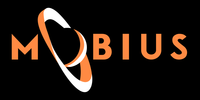
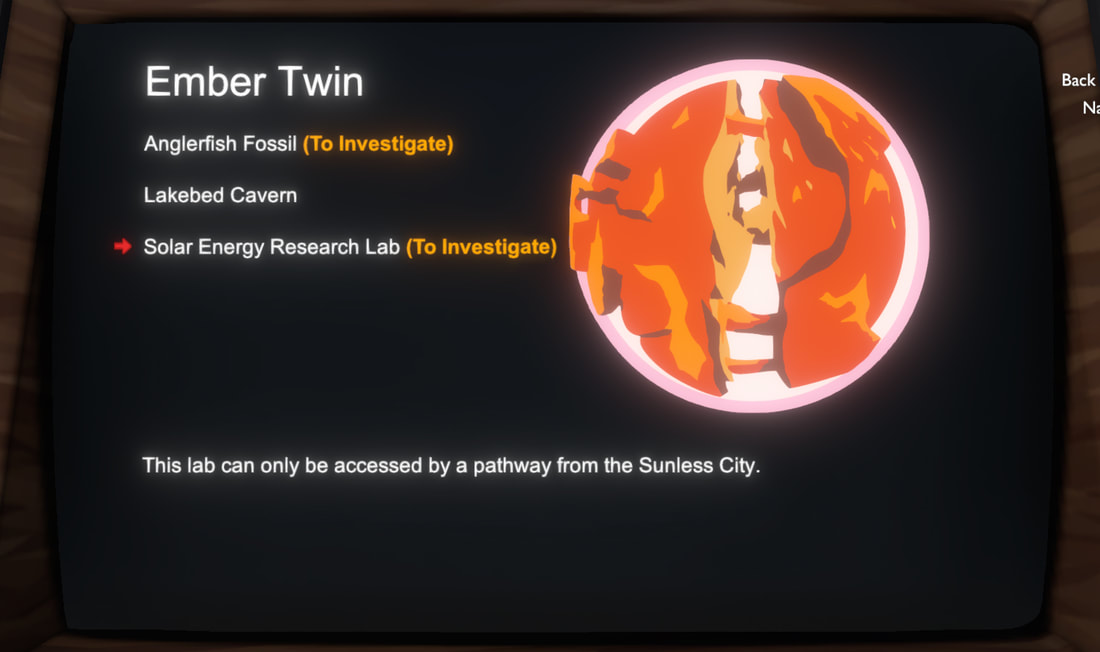
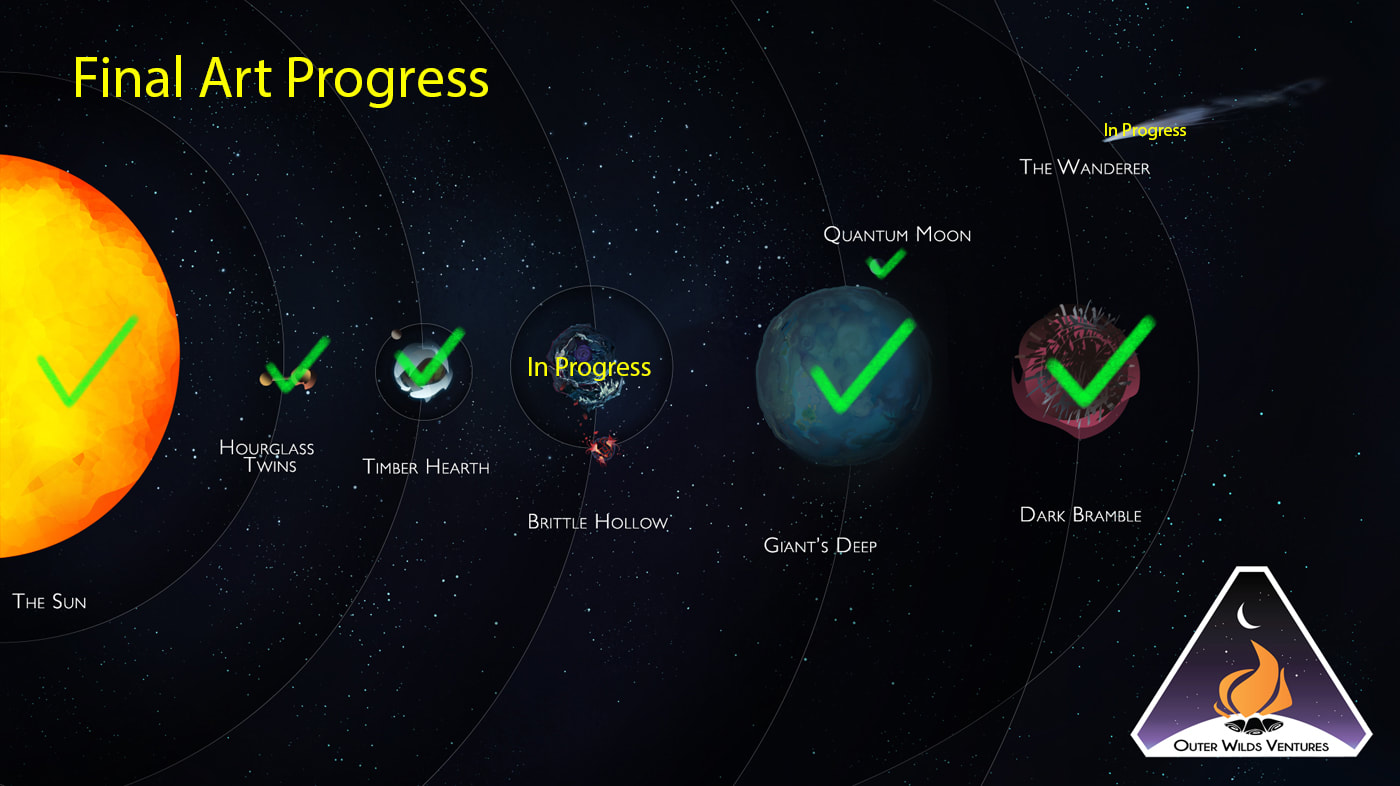
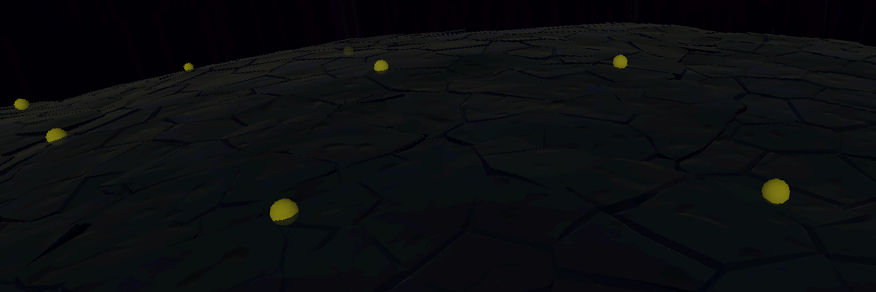
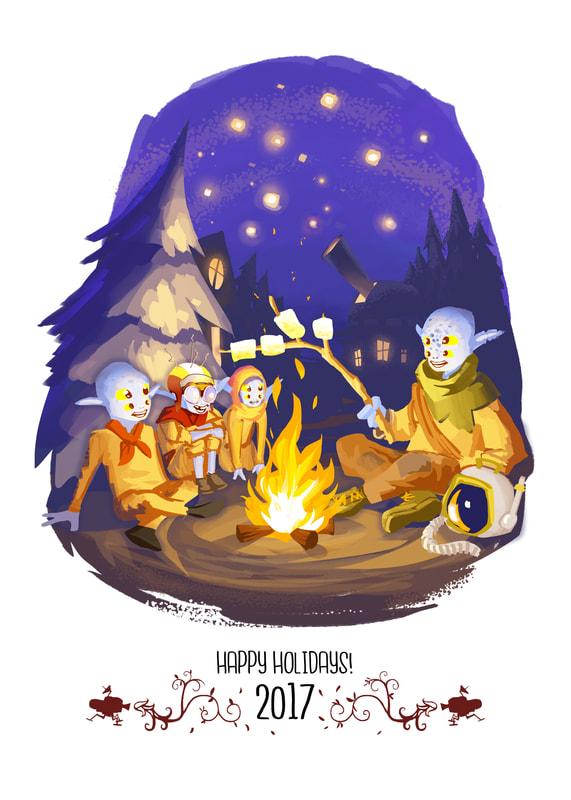

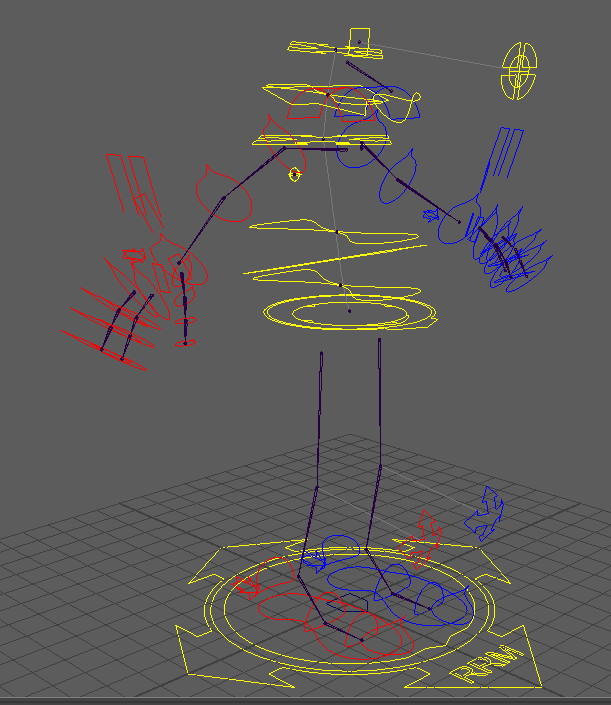
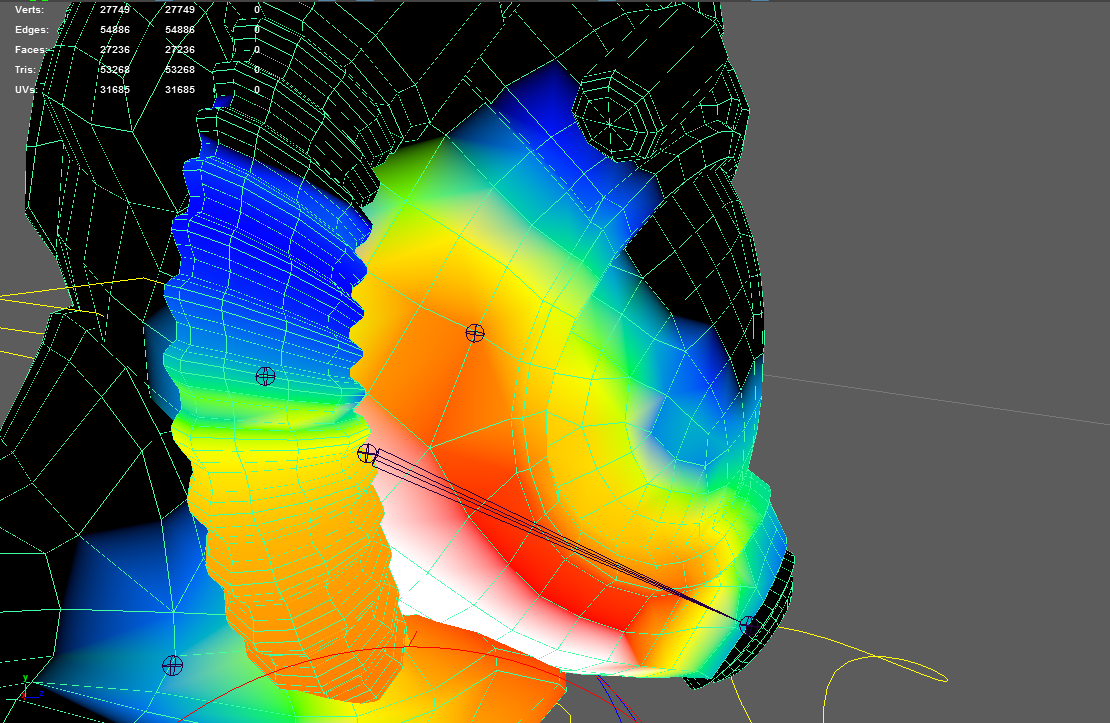
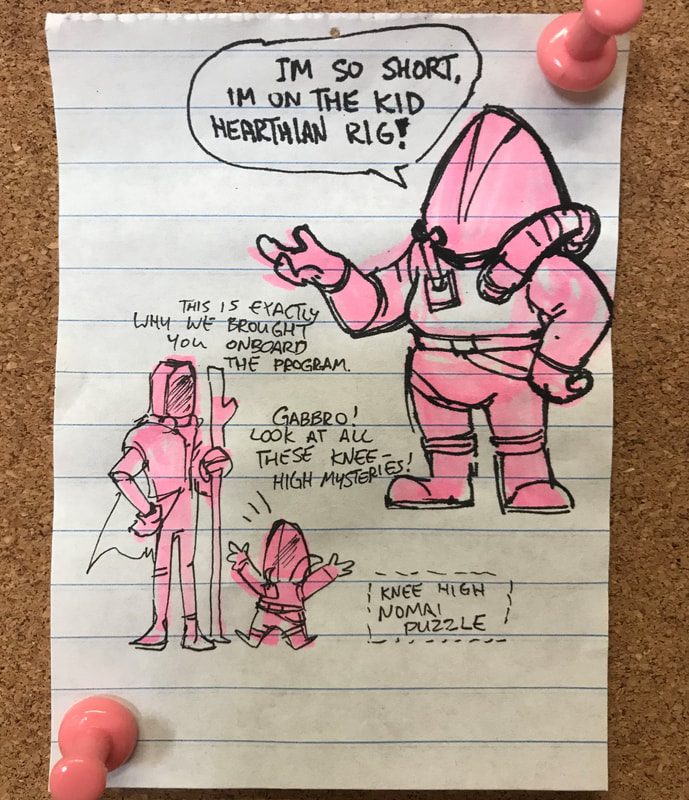
 RSS Feed
RSS Feed